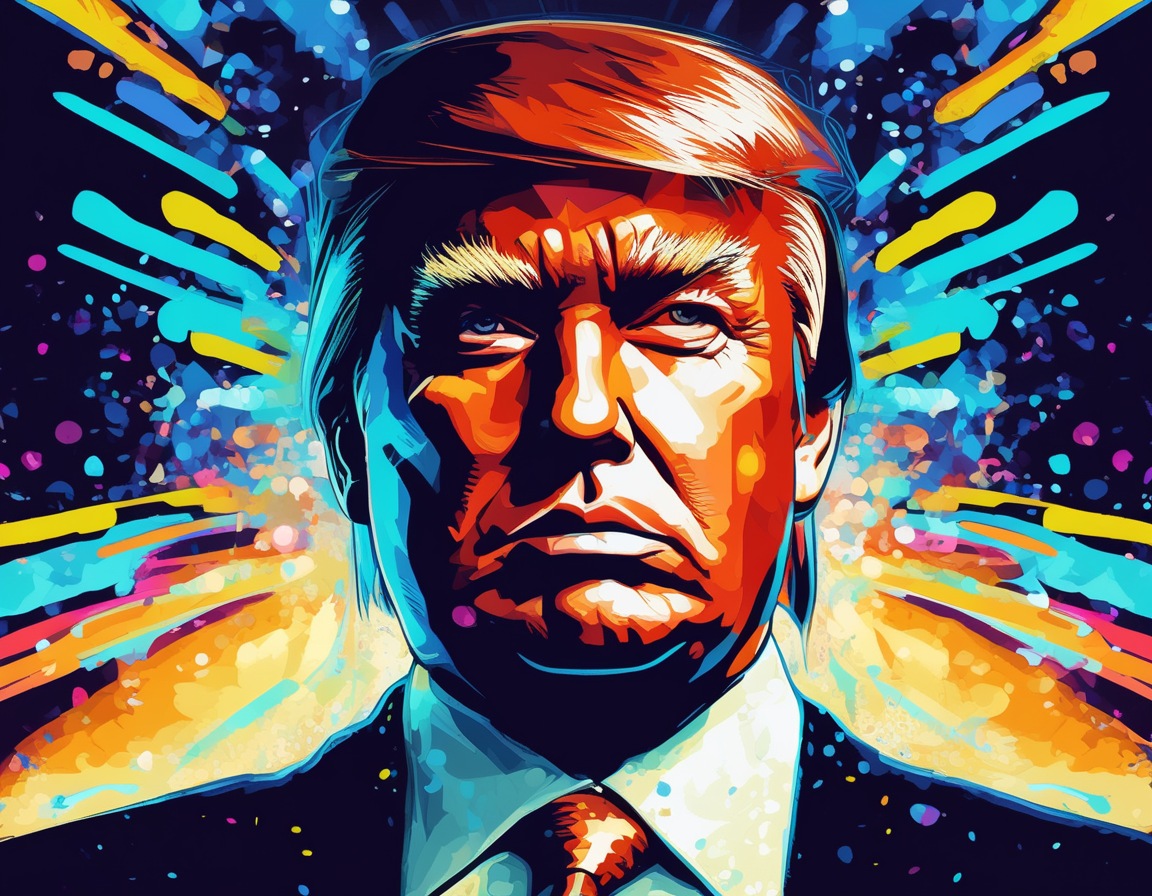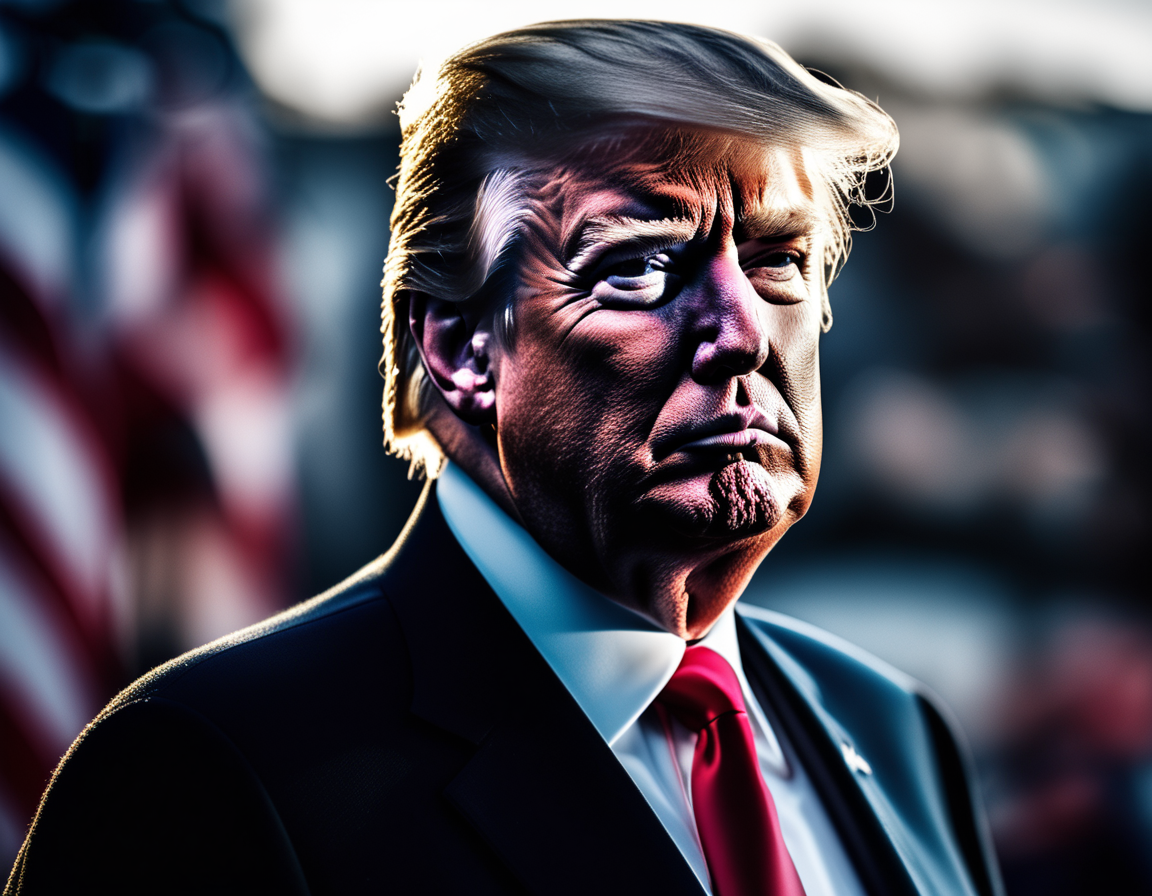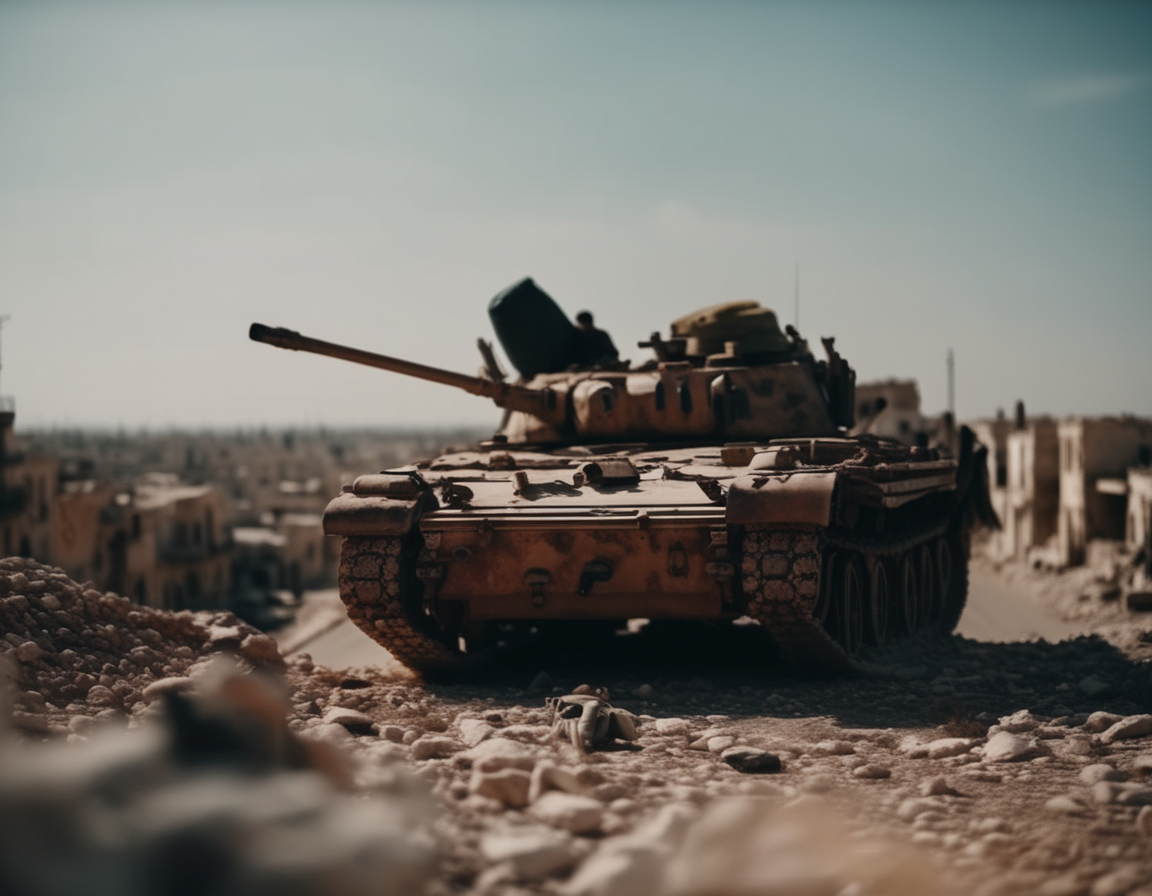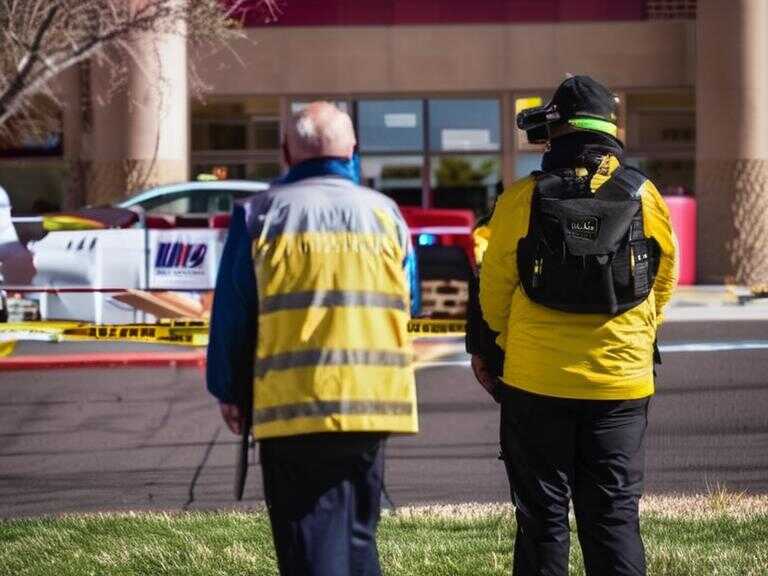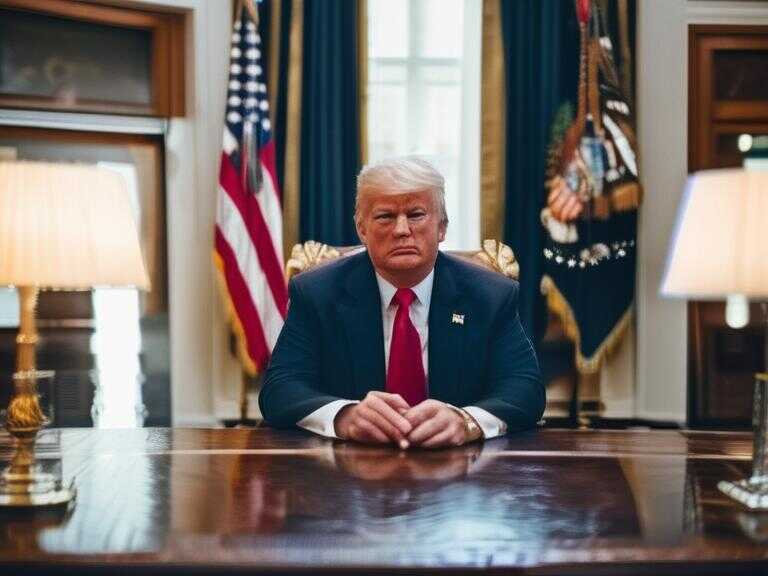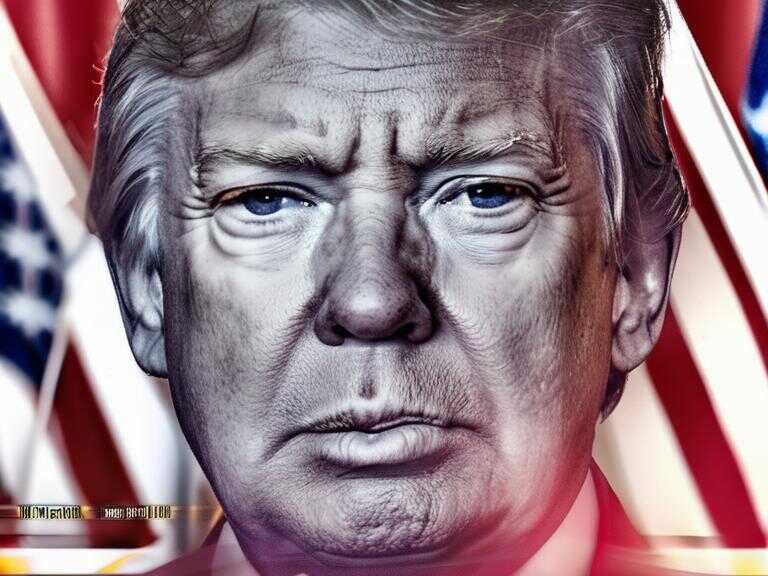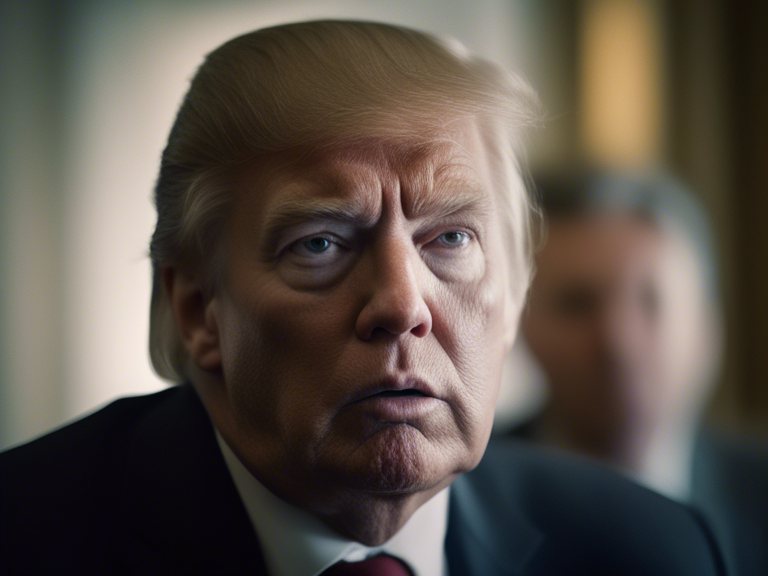
Migrant Caravan Journeys to US Border Amidst Trump's Executive Orders on Immigration
A migrant caravan of over 2,000 people departed from southern Mexico toward the U.S., despite President Trump's immigration crackdowns and border wall construction resuming.

Just hours before President Donald Trump was sworn into office on Monday, a group of more than 2,000 migrants departed from southern Mexico, aiming to enter the U.S. The caravan, comprised of individuals from various countries, was spotted marching in the early hours of Monday through the southern Mexican city of Tapachula, close to the Guatemalan border. The migrants, including men, women, and children, carried bags and rucksacks, with some parents pushing children in strollers or carrying them on their shoulders. This marked at least the tenth-largest caravan to leave Tapachula since the U.S. election, according to Border Report. The arduous journey to the southern border would take an adult migrant approximately 16 days of non-stop walking.
Trump's Response to the Caravan
The caravan's march occurred despite President Trump signing a series of executive orders aimed at curbing illegal immigration. Among these orders, he declared a national border emergency and directed the federal government to resume construction of the border wall, which had been largely inactive during the Biden administration. The orders also put an end to Biden-era parole policies, including the utilization of the CBP One app to permit migrants into the U.S.
Erkin Torres, a migrant from Colombia who is part of the caravan, expressed his belief that Trump's actions could not surpass the authority of the United Nations, asserting his right to apply for asylum. He emphasized the global support for their cause, which he characterized as seeking better economic stability and a brighter future for their children.
In addition, Maria Leidis from Cuba acknowledged that the new U.S. government would still provide a pathway for migrants to enter the country, despite the discontinuation of the CBP One app. She conveyed her sadness regarding the restrictions, but expressed hope that alternative means would be established for entry.
The Dynamics of Migrant Caravans
Migration in caravans is motivated by the belief that there is safety in numbers, making it challenging for immigration agents to apprehend large groups of migrants. While some participants seek rides to facilitate their journey, others are determined to trek to the southern border on foot despite the sweltering heat. Migrant caravans often disintegrate after a few days of walking, and the Mexican government has also made efforts to disperse them, amid Trump's threats to impose substantial tariffs on Mexico if it fails to contain the influx of migrants.
Meanwhile, some migrants were left stranded at various locations along the Mexican side of the southern border, awaiting appointments through the now-defunct app. The situation further underscored the challenges faced by migrants in navigating the complex immigration landscape.
Policy Changes and Military Deployment
In addition to canceling the CBP One app, President Trump ordered the reinstatement of the Migrant Protection Protocols (MPP), commonly known as the Remain-in-Mexico policy. This policy, which was terminated by the Biden administration, mandated that migrants remain in Mexico throughout the duration of their asylum hearings. Furthermore, Trump directed the deployment of U.S. troops to the border under U.S. Northern Command to prioritize U.S. border and territorial integrity in strategic planning.
Designation of Foreign Terrorist Organizations
President Trump also designated international cartels and organizations, including MS-13 and the violent Tren de Aragua, as Foreign Terrorist Organizations (FTOs) and Specially Designated Global Terrorists (SDGT). This designation enables targeted actions against members, including the imposition of financial penalties, reflecting a commitment to combat transnational criminal organizations.
As the migrant caravan embarked on its journey, it symbolized the complex interplay of migration, policy changes, and international relations at the southern border.
Share news





